Stag Beetle vs Tarantula: 5 Shocking Facts!
The animal kingdom is full of fascinating creatures, and the battle between a stag beetle and a tarantula is a compelling example of the diversity and complexity of nature. This comparison goes beyond mere physical attributes, delving into habitats, diets, defense mechanisms, and life cycles. This article will explore five surprising facts that highlight the contrasts between these remarkable invertebrates. Prepare to be amazed by the intricacies of these creatures and their unique adaptations for survival. The world of insects and arachnids is truly a wonder, and understanding these differences offers a deeper appreciation for the balance of nature.
Appearance and Anatomy Differences
The most immediate difference between a stag beetle and a tarantula lies in their physical appearance. Stag beetles, belonging to the family Lucanidae, are insects with a hard exoskeleton and distinct features such as large mandibles, often resembling deer antlers in males, used for combat and display. They possess six legs and segmented bodies, typical of insects. Tarantulas, on the other hand, are arachnids, characterized by their eight legs, two body segments (cephalothorax and abdomen), and the absence of antennae. Their bodies are covered in hair, and they possess fangs for injecting venom. Observing these fundamental differences immediately highlights the distinct evolutionary paths these creatures have taken.
Stag Beetles Physical Traits
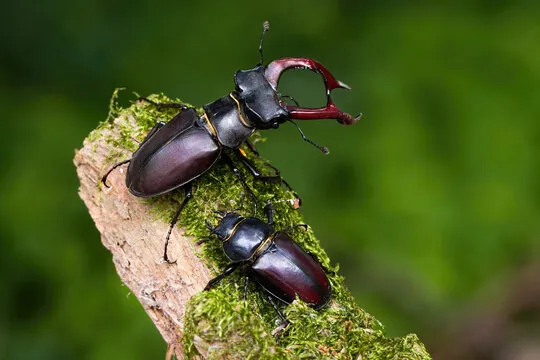
Stag beetles exhibit a robust, elongated body shape, with a hardened exoskeleton that protects them from predators and the environment. The most striking feature is the size of the mandibles in males, which are significantly larger than those of females, and used for fighting over mates. Their color varies depending on the species, ranging from black and brown to reddish-brown. They have powerful legs adapted for climbing and navigating their terrestrial habitats. Their physical attributes are directly related to their lifestyle and survival strategies in their environments, designed for both defense and finding mates.
Tarantulas Physical Traits
Tarantulas showcase a body plan centered around predation, with a cephalothorax that houses the head and thorax, and an abdomen. Their bodies are covered in sensory hairs that detect vibrations and air currents. They possess a pair of chelicerae, or fangs, that inject venom into their prey. The size of tarantulas varies significantly between species, with some being relatively small and others reaching considerable sizes. Their legs are designed for speed, climbing, and capturing prey, with specialized claws and hairs that aid in gripping. This specialized anatomy makes them highly effective predators in their respective ecosystems.
Habitat and Geographic Range
The habitats of stag beetles and tarantulas are diverse, but with significant overlaps, leading to potential interactions. Understanding their respective environments provides insights into their behaviors, diets, and interactions with other species. Both creatures are often found in warmer climates, but they have evolved to occupy various ecological niches. These habitats provide the necessary resources for survival, affecting their lifecycles and overall population health. Geographic distribution varies by species; hence, examining their individual needs sheds light on conservation efforts and the challenges they face.
Stag Beetles Habitats
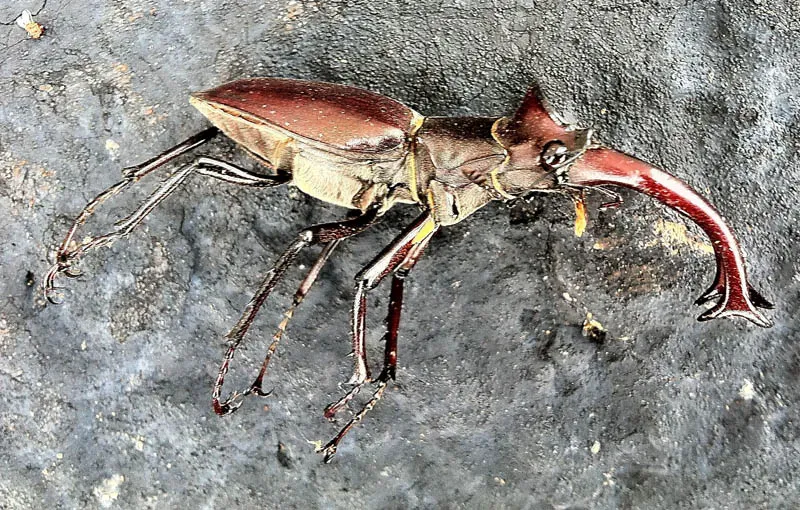
Stag beetles are typically found in forested areas, woodlands, and gardens, where they can find decaying wood and shelter. They thrive in temperate regions worldwide, especially in Europe, North America, and parts of Asia. The larvae, or grubs, spend several years developing inside rotting wood, while adults are often seen on the forest floor or climbing trees. Their habitat is crucial for their survival, as it provides a source of food (decaying wood) and a place to reproduce. The presence of old trees, dead logs, and moist soil is critical for these insects.
Tarantulas Habitats
Tarantulas are found in a variety of habitats, including tropical and subtropical regions. They are most commonly found in areas of South America, North America, Africa, and Asia. Depending on the species, they inhabit burrows in the ground, beneath rocks, or in trees. Some tarantulas live in arid environments, while others prefer humid climates. Their habitat requirements can vary, but all tarantulas require shelter, a water source, and a supply of prey. Understanding their specific habitat needs is crucial for their conservation and management in the wild.
Diet and Feeding Habits
The diets of stag beetles and tarantulas differ greatly, reflecting their anatomical and behavioral adaptations. Stag beetles are primarily saprophagous during their larval stage, feeding on decaying wood. Adult stag beetles may consume sap, fruit juices, and other plant matter. Tarantulas, being predators, feed on insects, small invertebrates, and sometimes even small vertebrates. These feeding habits are crucial for their survival and play an essential role in the ecological balance of their habitats. Analyzing their dietary preferences illustrates their ecological roles and how they affect their environments.
Stag Beetles Diet
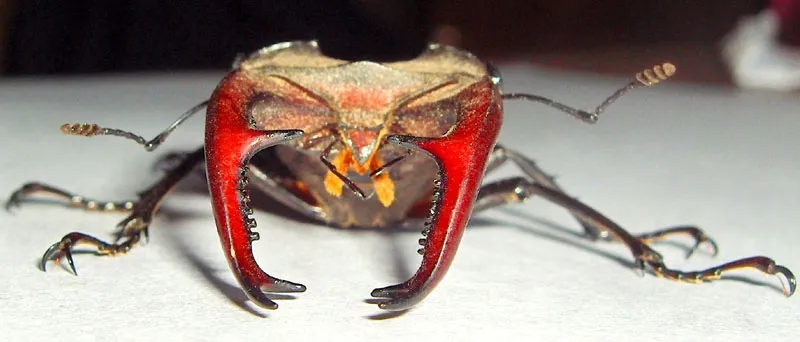
Stag beetles, particularly in their larval form, feed on decaying wood, breaking down organic matter and contributing to the decomposition process. This diet is essential for their development. Adult stag beetles might supplement their diet with tree sap, fruit, and other plant-based foods. The availability of decaying wood is a key factor determining the presence and abundance of stag beetles in a particular area. Their feeding habits also mean they are important in recycling nutrients within their ecosystem.
Tarantulas Diet
Tarantulas are carnivores, preying on a variety of insects, such as crickets, grasshoppers, and cockroaches. They also consume other invertebrates, and sometimes small vertebrates like lizards and even small birds. Tarantulas ambush or actively hunt their prey, injecting venom to immobilize or kill it. They then digest the prey externally, liquefying the tissues and sucking them up. The diet of tarantulas varies depending on their size, species, and habitat, but the common thread is a diet of live prey.
Behavior and Defense Mechanisms
Stag beetles and tarantulas employ distinct strategies for defense and survival. Stag beetles primarily rely on their mandibles for combat and their tough exoskeleton for protection. Tarantulas use a combination of venom, urticating hairs, and physical strikes to defend themselves. These mechanisms are crucial for survival in the face of predators and environmental threats. Their defensive behaviors are well-adapted to their respective lifestyles and habitats. Examining these defense mechanisms offers insight into their survival strategies.
Stag Beetle Defensive Strategies
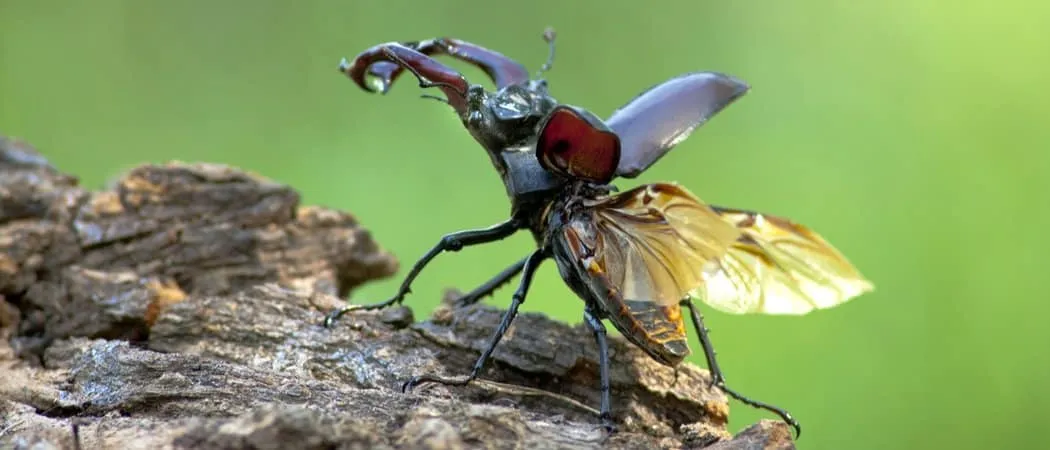
Stag beetles use their large mandibles, especially the males, for combat with other males and for display. Their tough exoskeleton provides a form of physical protection against predators. When threatened, they may play dead or secrete a foul-smelling substance to deter predators. The size of the mandibles reflects the competition amongst males for mates, and their defense strategies are primarily focused on deterring or fighting off rivals.
Tarantula Defensive Strategies
Tarantulas possess multiple defensive mechanisms. They use venom to immobilize prey and deter predators. Some species have urticating hairs on their abdomen, which they can flick off as a defense mechanism, causing irritation to the attacker. They can also bite and strike, using their fangs to inject venom. These defensive behaviors, combined with their camouflage and hiding abilities, make them formidable opponents in their habitats. Their defensive adaptations demonstrate their predatory and survival skills.
Lifespan and Life Cycle
The lifespan and life cycles of stag beetles and tarantulas differ significantly. Stag beetles have a life cycle that can extend over several years, with the majority of their life spent as larvae. Tarantulas also have varying lifespans, some living for several years, with females often outliving males. The differences in their life cycles have significant impacts on their population dynamics and conservation strategies. Their lifespans influence their reproductive strategies and the evolutionary pressures they face within their environments.
Stag Beetle Life Cycle
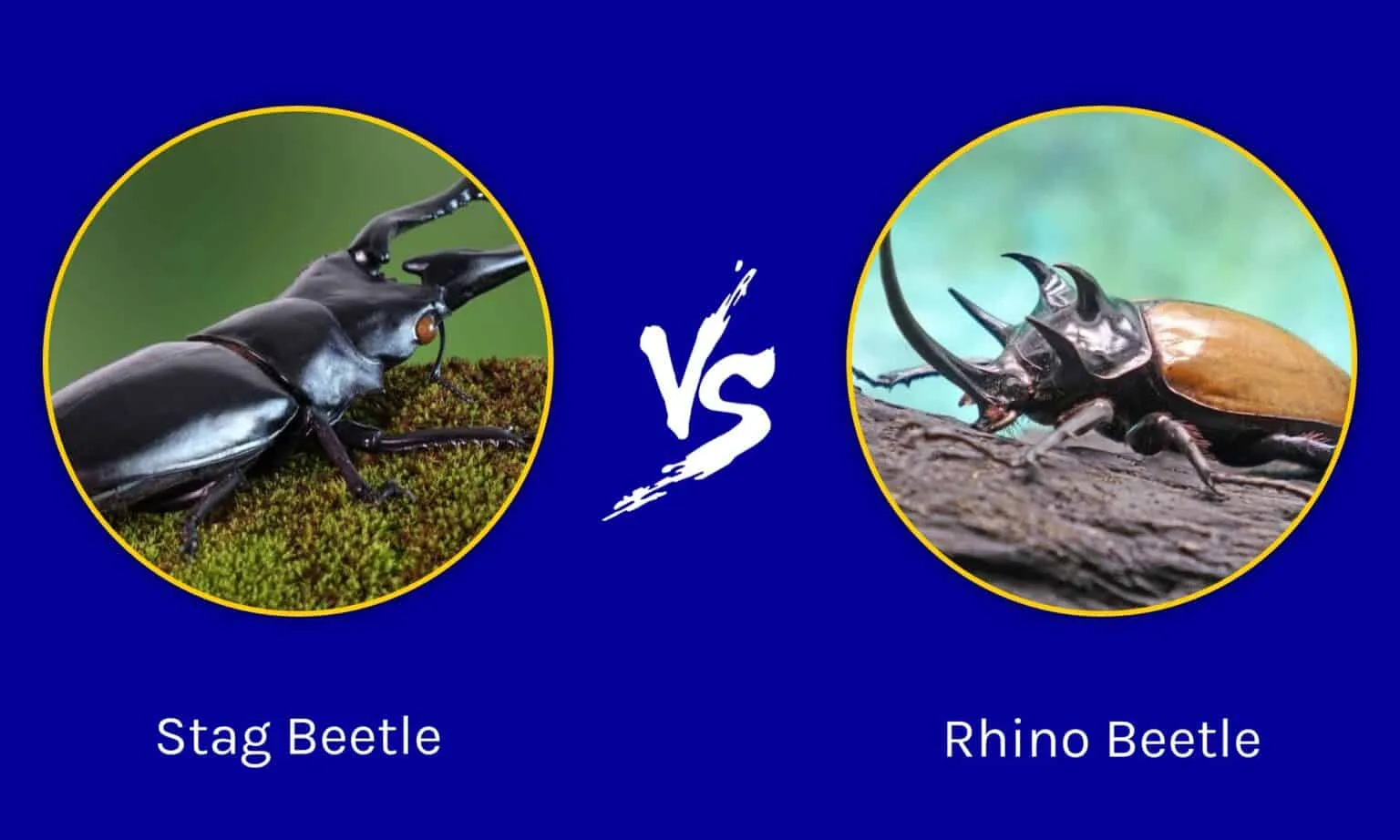
Stag beetles have a life cycle that involves egg, larva, pupa, and adult stages. The larval stage, where the grub feeds on decaying wood, can last several years, depending on the species and environmental conditions. The pupal stage is a transformative phase where the larva develops into an adult beetle. The adult beetles have a relatively short lifespan, often only a few weeks or months, during which they reproduce. The long larval stage highlights their dependence on decaying wood, making them sensitive to habitat changes.
Tarantula Life Cycle
Tarantulas undergo a life cycle involving egg, spiderling, and adult stages. The spiderlings molt multiple times as they grow, shedding their exoskeleton and increasing in size. Female tarantulas have a longer lifespan than males, sometimes living for over 20 years, while males typically live for only a few years. The molting process allows them to grow and replace damaged or lost limbs. Their lifespan influences their reproductive cycles and the population dynamics within their habitats.
